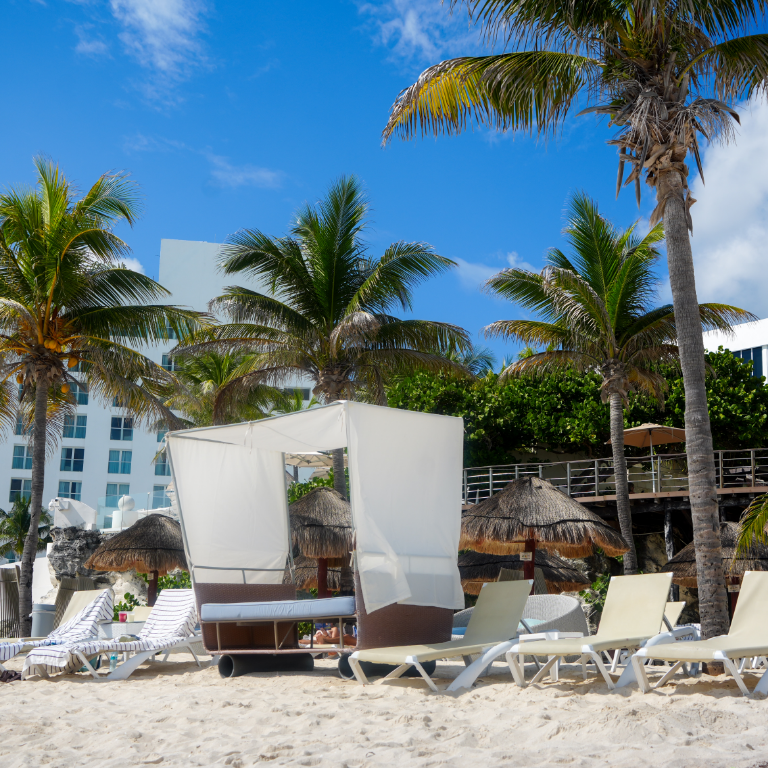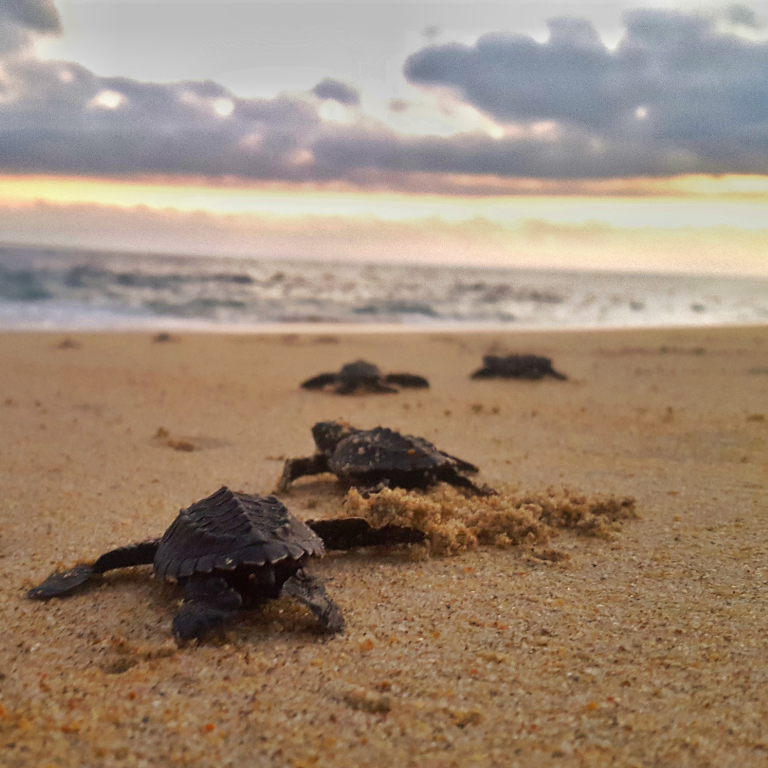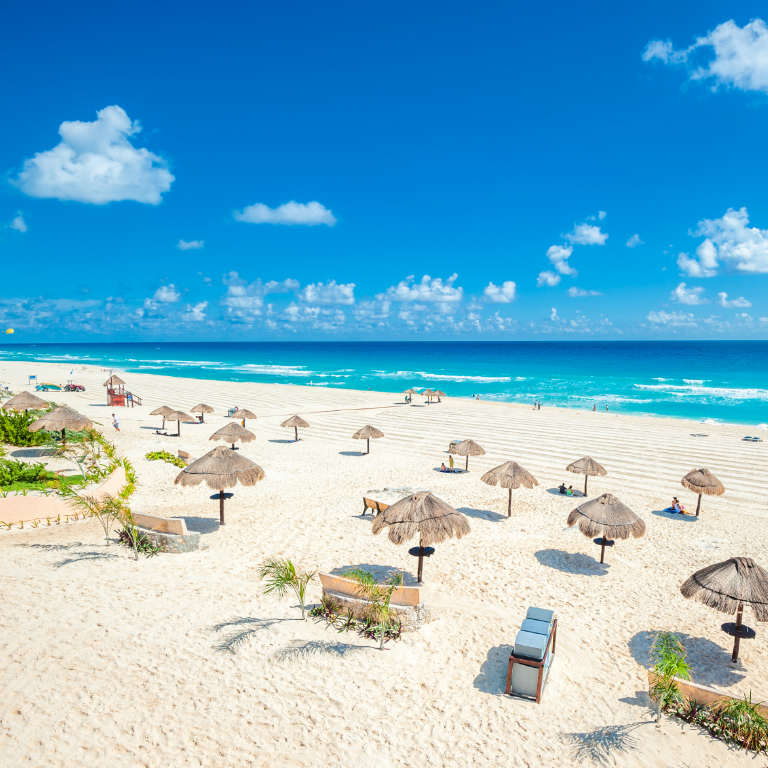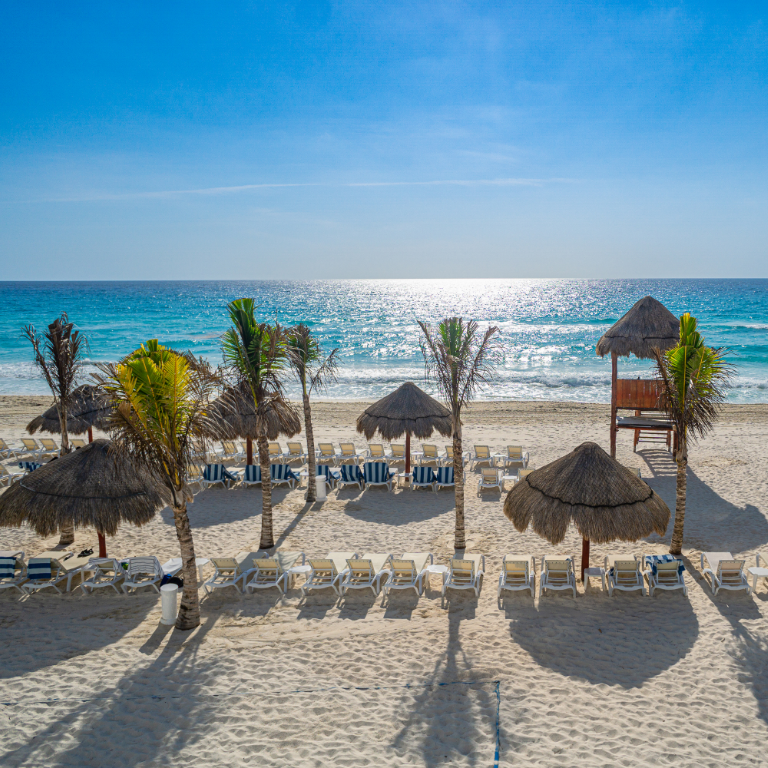When we think of vacations, many of us think of sand, beach, ocean, and the all-too-familiar smell of sunscreen. Thanks to modern advances in technology, we know that including sunscreen in our daily skin care routine is almost mandatory. However, very little is said about the impact that sunscreen has on our natural environment. Every year, 25,000 tons of sunscreen find their way into the oceans. Most of its ingredients can be highly toxic to marine life, corals and algae. When we use sunscreen in rivers or cenotes, not only is that environment polluted, but all bodies of water are connected, so pollutants from these ecosystems also flow into the ocean.

Some sunscreen brands contain non-biodegradable compounds that can be highly toxic to marine life. For example, some UV filters contain chemical compounds that are also used in plastics to prevent them from breaking down in the sun. The most harmful compounds are oxybenzone, octylsalicylate and octyl methoxycinnamate; one drop of oxybenzone can contaminate the equivalent of 6 Olympic-sized swimming pools! Imagine the impact of all the people who go to the beach, most of whom wear sunscreen; the oceans can receive up to 186 kg of sunscreen per day. Avoid sunscreens that contain any of these ingredients:
- Oxybenzone
- Octinoxate
- Octyl Methoxycinnamate
- Octocrylene
- 4-Methylbenzylidene (MBC) Camphor
- PABA
- Enzacamene
- Parabens
- Homosalate
- Avobenzone
- Any form of zinc or titanium “nanoparticles”
- Any form of microplastics
Nearly 80% of Caribbean corals have disappeared in the last 50 years and one of the reasons is coral bleaching caused by UV filters. It also affects marine life hormonally, genetically and reproductively.
In 2020, the journal Science Direct found UV filters at various levels of the food chain. This means that just like microplastics, these substances may be in the food we eat every day. On the bright side, there are several natural alternatives to protect our skin and the environment.
- Avoid overexposure to the sun; our bodies are very smart and know when it is time to sunbathe. Use hats, sunglasses, waterproof shirts and umbrellas to protect your skin as much as possible. Also keep in mind that the most intense hours of radiation are between 12 and 16 hours, so we recommend avoiding those hours.
- There are hybrid or eco-friendly sunscreens to protect your skin, they may not have the same level of fixation but they have less toxic substances. It is necessary to apply them between 15 and 30 minutes before exposure to the sun in order to obtain the maximum effect.
- There are natural alternatives such as titanium dioxide, iron oxide, talc, mica and zinc oxide. They are recommended for people with sensitive skin or babies because they do not cause irritation or contact dermatitis. However, they do leave a whitish tint after application, which some people may not like.
- You can eat foods rich in antioxidants, beta-carotene, vitamin C and healthy fats such as: raw fruits and vegetables, salads, natural juices and green smoothies, seeds, avocado and nuts.






